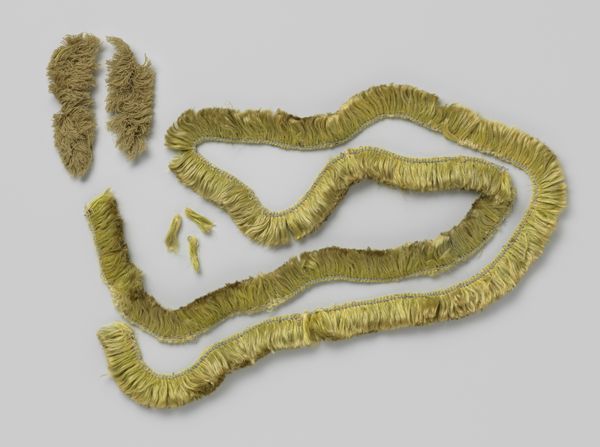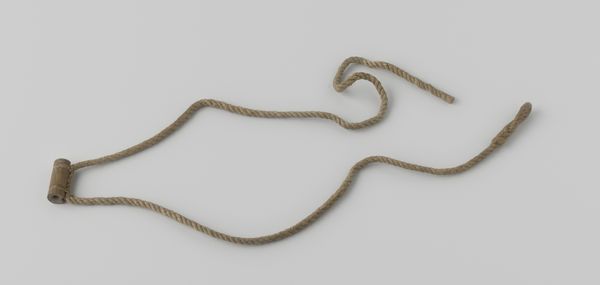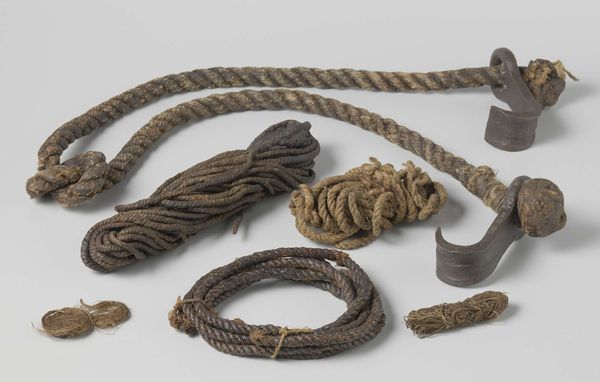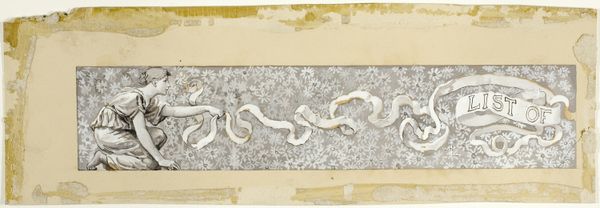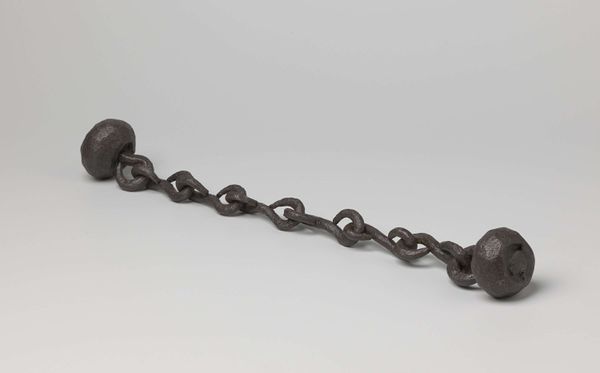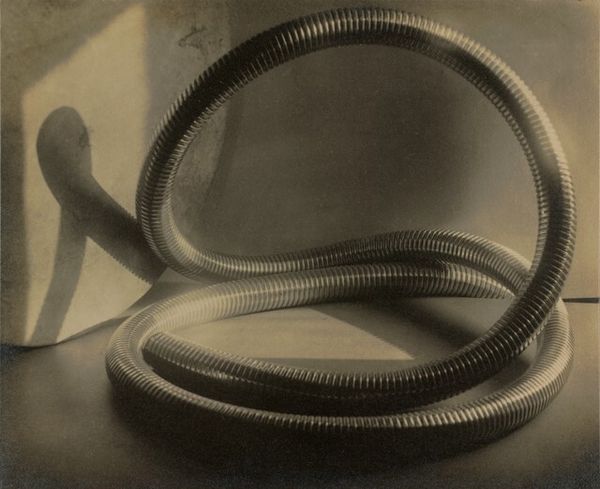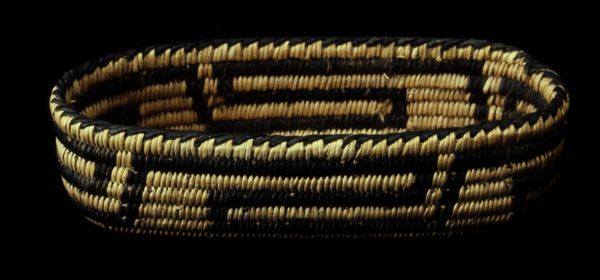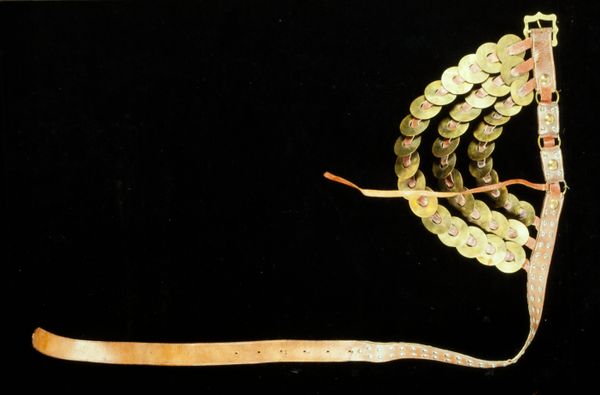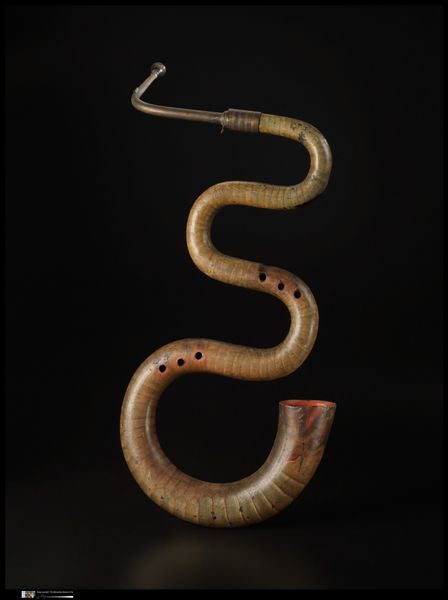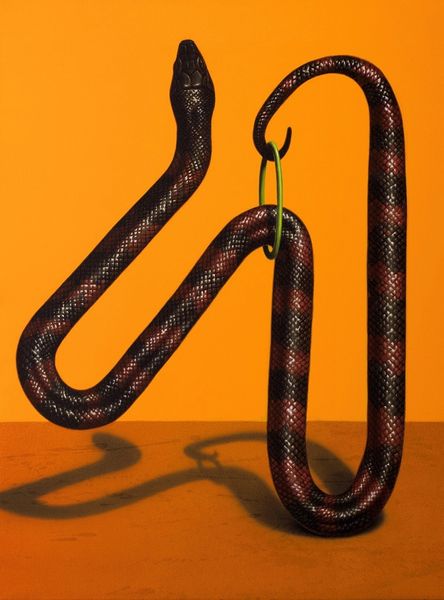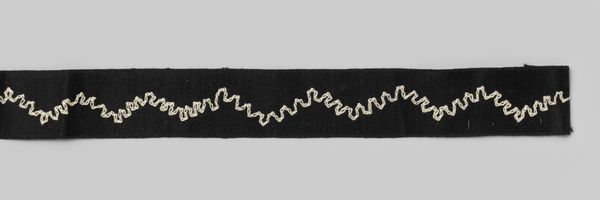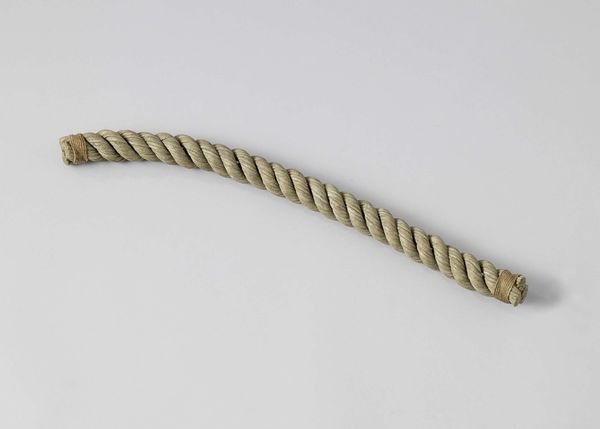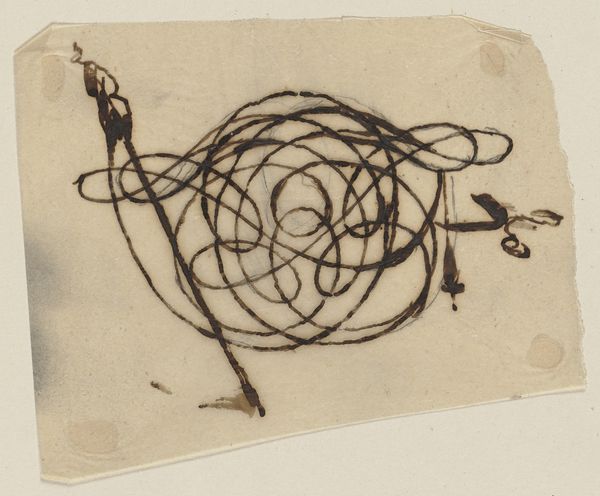
Dimensions: object: 67 x 67 x 18290 mm
Copyright: © The estate of Barry Flanagan, courtesy Plubronze Ltd | CC-BY-NC-ND 4.0 DEED, Photo: Tate
Curator: Here we have Barry Flanagan’s “rope (gr 2sp 60) 6 ‘67,” a work from 1967 currently residing in the Tate Collections. Editor: It's striking how such a simple material, a length of rope, can evoke such a sense of groundedness and almost primal connection. Curator: Indeed. Flanagan, emerging during a period of dematerialization in art, was keen to explore everyday materials and challenge conventional sculptural forms. Editor: Rope has carried symbolic weight across cultures and history. Knots binding and connecting, journeys across treacherous waters, life lines of rescue. Curator: His work reflects a broader questioning of the art object itself and its institutional context, pushing against the prevailing norms. Editor: It is fascinating to consider how an object so utilitarian also resonates deeply with our shared cultural memory. Curator: I think his decision to work with rope cleverly questions the role of the artist. Editor: Well, it's certainly given me a lot to think about and it makes me want to learn more!
Comments
tate 7 months ago
⋮
http://www.tate.org.uk/art/artworks/flanagan-rope-gr-2sp-60-6-67-t02063
Join the conversation
Join millions of artists and users on Artera today and experience the ultimate creative platform.
tate 7 months ago
⋮
Flanagan wanted to show the sculptural properties of everyday things. In the mid-1960s, when he was a student in London, the prevailing tendency was for sculptors to weld together vividly coloured metal structures. By contrast, Flanagan began to explore soft and malleable materials that would change their configuration in every installation. Rope (Gr 2sp 60) 6 '67 is made with industrial rope which he dyed green, section by section, in his bath. Originally the rope crossed from one room to another but it was also exhibited in a single space. Gallery label, April 2009
